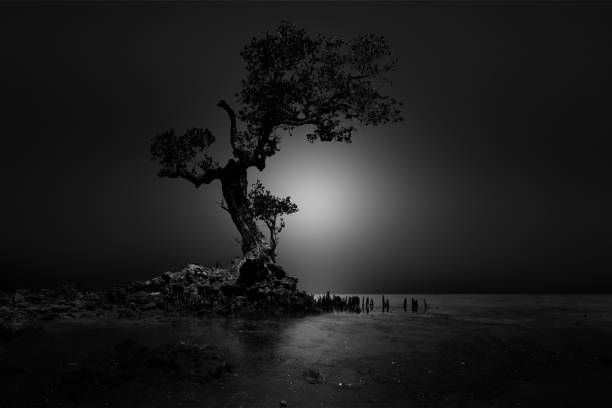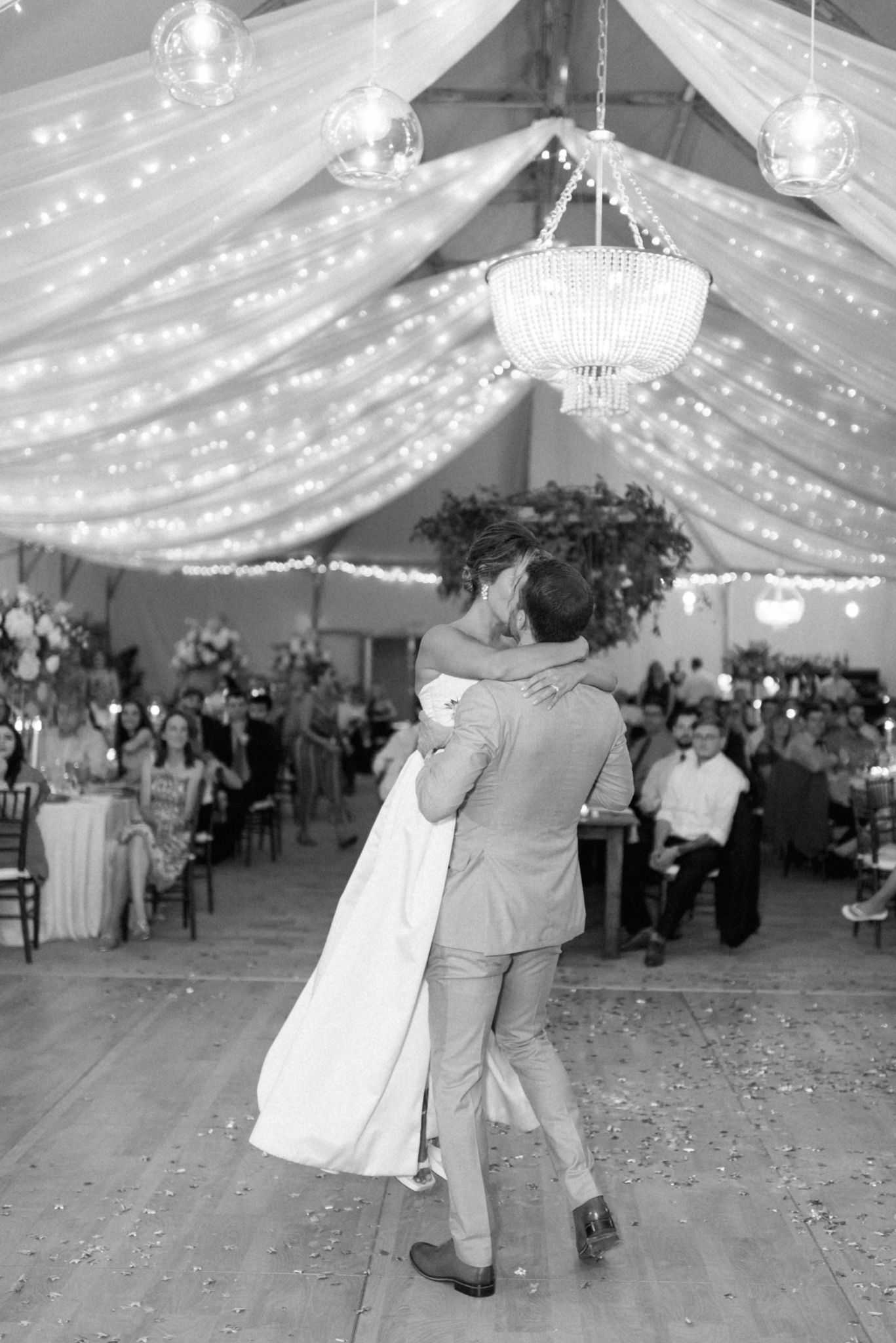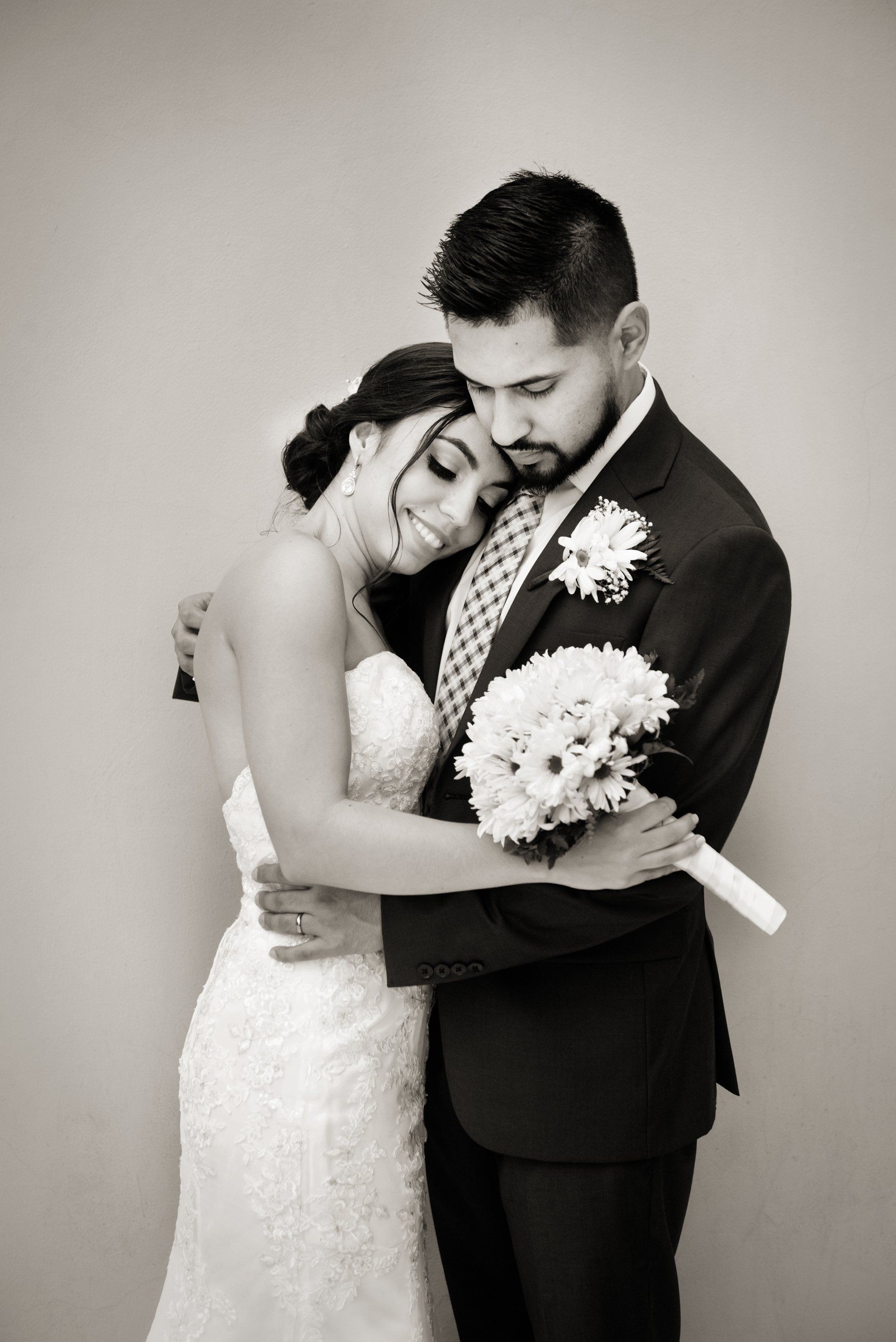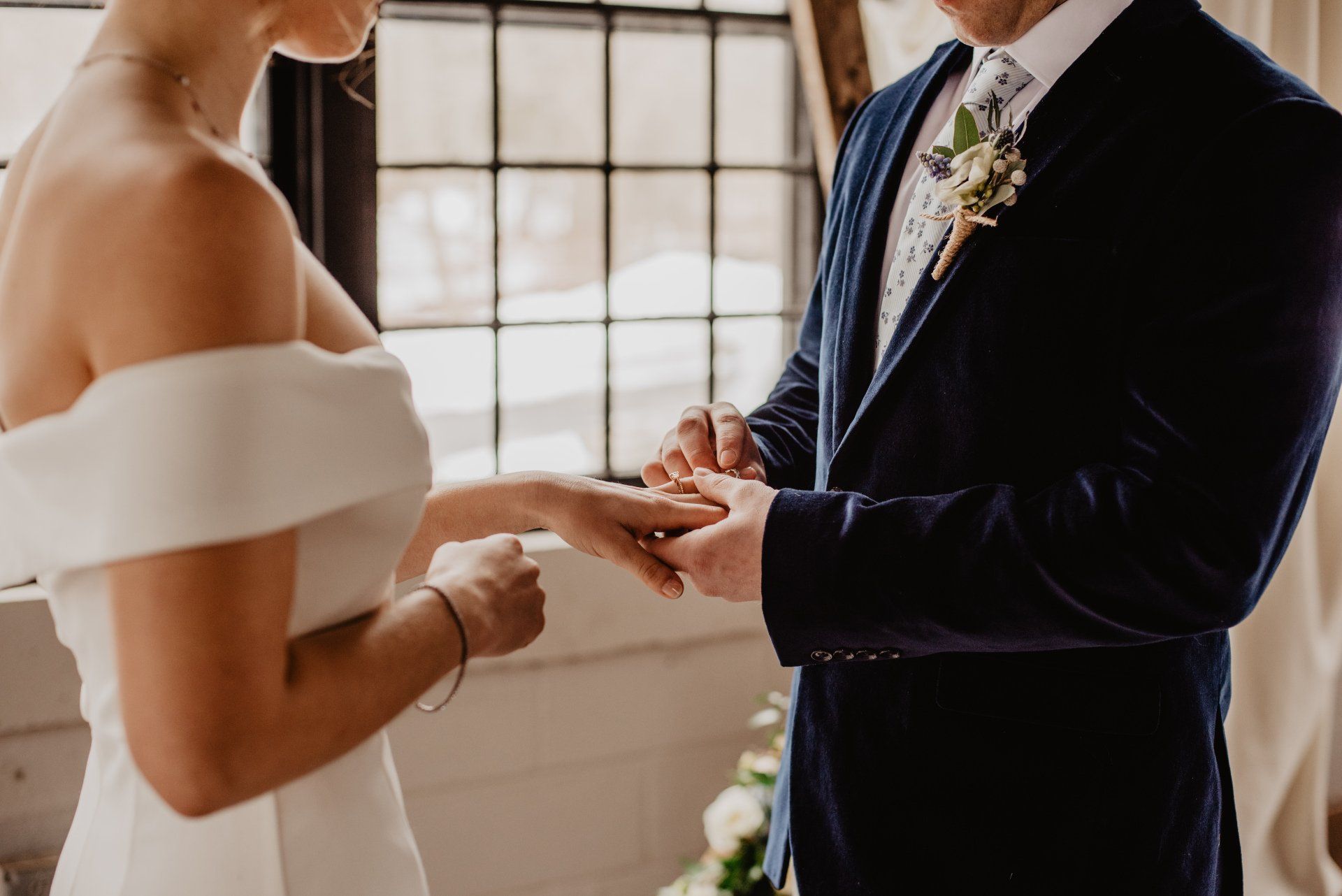The Storytelling Power of Fine-Art Photography
The Intersection of Art and Photography

Fine-art photography transcends the realm of mere visuals and enters the territory of profound storytelling. It's an art form that enables photographers to communicate emotions, narratives, and concepts, not just through their subjects but through their artistic interpretation and creative vision. In this exploration of the storytelling power of fine-art photography, we'll dive deep into how this unique medium has the capacity to evoke emotions, convey messages, and engage viewers on an intellectual and emotional level.
Fine-art photography blurs the boundaries between photography and traditional visual art. While documentary and commercial photography aims to capture objective reality, fine-art photography goes a step further. It seeks to convey a subjective, emotional, or conceptual message through the lens of the artist. Like a painter's canvas, a fine-art photograph becomes a space for the artist's vision, expression, and interpretation.
The Elements of Fine-Art Storytelling
Subject Matter: Fine-art photographers select subjects that resonate with them on a personal or emotional level. Whether it's a landscape, a portrait, an object, or a scene, the subject often carries symbolic or metaphorical significance.
Composition: Composition is a fundamental element in storytelling through photography. Artists use composition to guide the viewer's eye, create a visual hierarchy, and emphasize certain elements that contribute to the narrative.
Lighting: The play of light and shadow is a potent tool in fine-art photography. Lighting can evoke moods, emphasize details, and create a dramatic atmosphere that complements the narrative.
Color and Tone: Color palettes and tonal ranges are chosen to elicit specific emotions or convey certain messages. Monochromatic schemes may evoke nostalgia or timelessness, while vibrant colors can symbolize vitality or passion.
Perspective: The choice of perspective, whether it's a bird's eye view, a close-up, or an unusual angle, can provide a unique insight into the subject and add layers to the narrative.
Timing and Moment: The decisive moment, as coined by Henri Cartier-Bresson, refers to capturing an instant that encapsulates the essence of the narrative. Timing plays a critical role in fine-art storytelling.
Concept and Symbolism: Many fine-art photographers infuse their work with symbolism, metaphor, and conceptual ideas. These elements allow viewers to engage intellectually and interpret the work in multiple ways.
Fine-Art Photography as Visual Poetry
Photographer Ansel Adams once said, "You don't make a photograph just with a camera. You bring to the act of photography all the pictures you have seen, the books you have read, the music you have heard, the people you have loved." This sentiment underscores the idea that fine-art photography is a form of visual poetry.
A single photograph can be a condensed, eloquent story in its own right. It can capture a fleeting moment, evoke emotions, and convey complex ideas, all within the confines of a rectangular frame. Just as a poet selects words and arranges them to create a certain rhythm, tone, and meaning, a fine-art photographer carefully chooses elements to craft a visual poem.
Emotion Elicited by Fine-Art Photography
One of the most potent aspects of fine-art storytelling is its ability to elicit emotions. The juxtaposition of elements, the play of light, and the artist's unique perspective can stir feelings in the viewer. Whether it's the nostalgia in an old family portrait, the serenity of a landscape, or the intensity of a portrait, fine-art photographs resonate on a deeply emotional level.
Consider, for example, the emotive power of Dorothea Lange's "Migrant Mother," a photograph that encapsulates the hardships of the Great Depression. Lange's composition, the subject's expression, and the overall atmosphere of the image evoke empathy, compassion, and a sense of shared struggle. Viewers connect with the photograph not just on an intellectual level but on a profound emotional one.
Storytelling Through Thematic Fine-Art Photography
Many fine-art photographers explore specific themes or concepts in their work. These thematic series of photographs allow artists to tell more extensive narratives and engage viewers in prolonged contemplation. Some common themes in fine-art photography include:
Time and Eternity: Exploring the passage of time, the fleeting nature of life, or the timeless quality of certain subjects.
Identity and Self-Exploration: Delving into personal and cultural identity, self-discovery, and the human experience.
Environmental and Social Issues: Raising awareness and advocating for change through photographs that highlight environmental degradation, social injustices, or humanitarian causes.
Memory and Nostalgia: Capturing moments of the past, celebrating nostalgia, or reflecting on personal history and memory.
Surrealism and Dreamscapes: Creating otherworldly, dreamlike images that challenge reality and invite viewers to question their perception.
Love and Relationships: Exploring the dynamics of love, relationships, and human connections.
Thematic fine-art photography series often function like a sequence of chapters in a visual book, telling a broader narrative or exploring a central idea from various angles. This approach allows artists to dig deep into their chosen theme, infusing each photograph with layers of meaning.
Visual Metaphor in Fine-Art Photography
Metaphor is a powerful tool in storytelling, and fine-art photography frequently employs visual metaphors to convey messages and ideas. Visual metaphors involve using one image or element to represent another, creating a layered narrative.
For instance, a photographer might capture a wilting flower to represent the fragility of life, a chain breaking to symbolize freedom, or a solitary figure in a vast landscape to evoke feelings of isolation and contemplation.
These visual metaphors can serve as open-ended narratives, inviting viewers to interpret the photograph based on their own experiences and perspectives. It's this interpretative aspect of fine-art photography that adds to its storytelling prowess.
Fine-Art Photography and the Viewers' Interpretation
One of the unique features of fine-art photography is that it engages viewers as active participants in the storytelling process. The narrative isn't fixed; it's open to interpretation. What the artist intended to convey may resonate differently with each viewer, depending on their personal experiences and emotions.
The subjective nature of interpretation allows fine-art photographs to evoke a wide range of emotions and thoughts. One person may see hope and resilience in a photograph, while another may find melancholy and despair in the same image. This multiplicity of interpretations adds depth to the storytelling and creates a dialogue between the artist and the audience.
All Rights Reserved | Erickson Manono Photography







